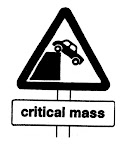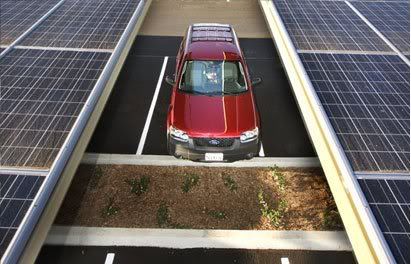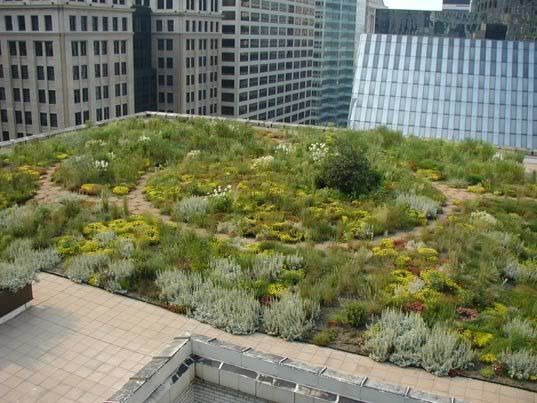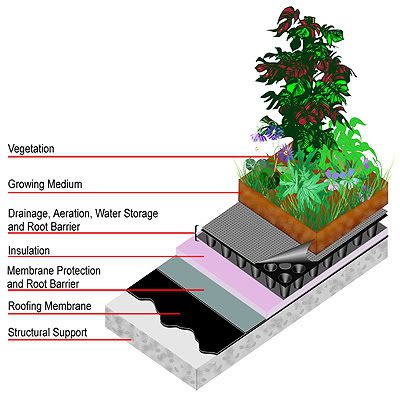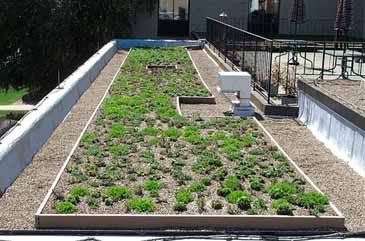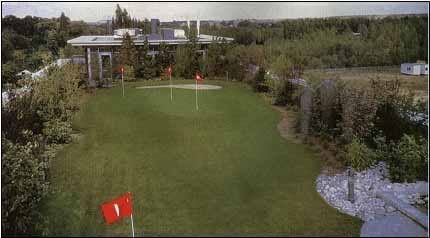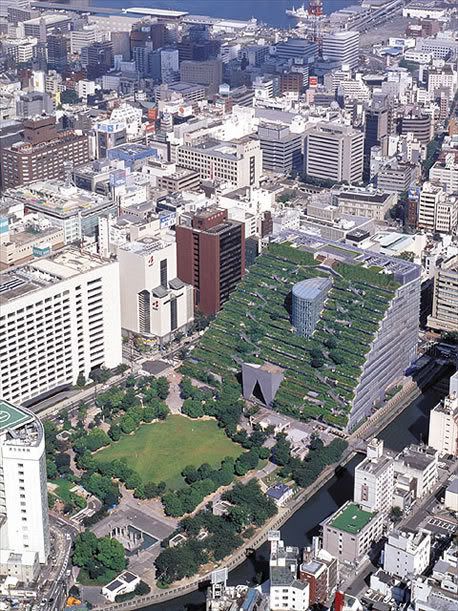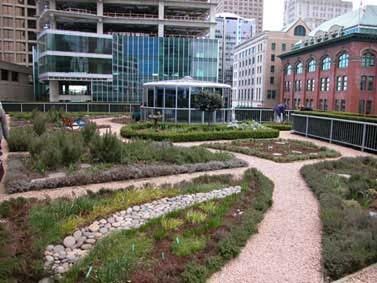Ever realized that the rent you pay for your bedroom is more than the monthly fee of a self-storage container twice the size? While many have taken initiative to relocate behind vertically opening front doors (and perhaps faced legal repercussions), you can now live in storage containers without living in perpetual fear of the U-haul guy.
EXTREME MAKEOVER: STORAGE CONTAINER/HOME EDITION!
THEN!
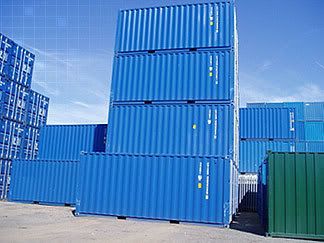
AFTER!
 "A Detroit-based group hopes to use empty shipping containers to build one of the most unusual -- and certainly one of the most innovative -- residential projects in southeast Michigan.
"A Detroit-based group hopes to use empty shipping containers to build one of the most unusual -- and certainly one of the most innovative -- residential projects in southeast Michigan.The project would stack empty containers four high, cut in windows and doors, install plumbing, stairways and heating, and add amenities such as balconies and landscaped patios."
Continued..Sustainable living: now at the price of living in what may be a McDonald's Play Place. Throughout the U.K., "Container Cities" are emerging as a green, affordable, transportable/prefabricated alternative to traditional construction materials . While the ideals may be there, this design is an absolute eyesore. As seen below, this "Container City" expresses a blatant
Greener Than Thou mindset. Such developments fail to incorporate any aspect of the local architecture or culture within its design.

More at
ContainerCity.comUnlike Container's City resemblance to an epic game of Special Edition Jenga, architect Pierre Morency's "Container Cottage" manages to reflect the structure's environment within the design of the storage container residence. Interestingly, Morency primary intention was to "ensure that the black-painted metal boxes
remained identifiable yet were subtly transformed into something family
friendly and fun for two adults, three kids (the couple also have a
young daughter) and a sheepdog." Of course, those whom live in storage container structures will forever be known as "those people who live in storage containers". Social approbation may not serve as the best primary motivator for environmentally-conscious actions, but it's getting somewhere--and that may be a place where I kept my stuff last year.
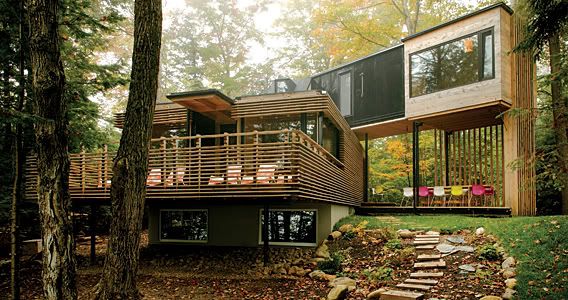
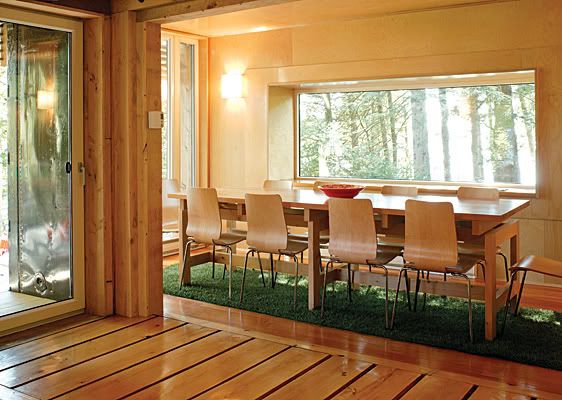
More at
Azure Magazine





